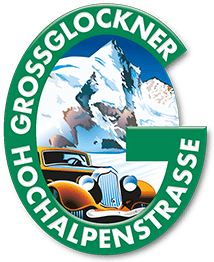Simply unique:from the starting point in the valley up to the highest summit
The Grossglockner High Alpine Road is not just an Austrian natural monument and masterpiece in road construction. Above all else, it opens up an unparalleled natural experience for its visitors. From the Ferleiten pay desk (Fusch an der Grossglocknerstrasse), the road proceeds through impressive natural landscapes, passing dense woodland, up lush Alpine pastures and finally through rugged rocky landscapes. Up to Kaiser-Franz-Josefs-Höhe at the foot of Austria’s highest mountain - the Grossglockner, at a majestic 3798 metres.
In perfect symbiosis with

Protecting the environment; creating a future!
To conserve the uniqueness and beauty of the natural surroundings we aim to operate the Grossglockner High Alpine Road in harmony with the natural surroundings as best as possible. After all, without unspoilt natural surroundings, the High Alpine Road would not exist … What sustainability measures do we implement to make the Grossglockner High Alpine Road fit for the future?
Amid marmots, blossoming oases and steep climbs
The Grossglockner is located in the heart of the Hohe Tauern National Park, the biggest national park in Austria. For many mountaineers the highest mountain in Austria is a ‘sought-after’ summit, around which many (historic) mountaineering stories are woven. And these days along the Grossglockner High Alpine Road there are so many opportunities for Alpinists, hikers and walkers to explore the surrounding mountain areas than ever before. Of course, in the first instance the area around the Grossglockner is a habitat for people and animals – like the high Alpine ‘High Five’ – and plants.

